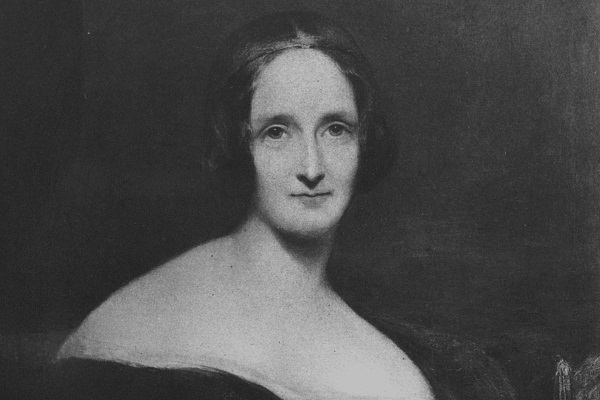The story is well known. One wet summer by the shores of Lake Geneva, Mary Shelley — 18 years old, living out of wedlock with the poet Shelley — had a horrifying dream, one that she would later write as the novel Frankenstein. What is less well known is that another of the key pillars of modern horror fiction — the vampire myth — was born during that same extraordinary holiday.
Shelley and Mary had taken lodgings near Lord Byron, recently escaped from England following the scandal of his divorce, and — many speculate — incestuous affair with his half-sister. Accompanying him was his handsome and neurotic doctor, Polidori. In Shelley’s party was Mary’s half sister Claire, already pregnant by Byron and desperate to see him again.
The rain meant they were shut in together for days, talking incessantly of philosophy, medicine, and the latest developments in science; conversations drunk in by the awe-struck Mary. They had heard of Galvanism: experiments to animate nervous tissue by means of electrical currents. Polidori made his contribution too. He had written his thesis on sleepwalking, and we can imagine the brilliant companions talking long into the night of how a body might live and move without the aid of conscious thought.
Then: ‘we shall all tell ghost stories,’ suggested Lord Byron, and so Frankenstein was born. So too, was the fragment of a Vampire tale told by Byron himself. He had heard of the myth during his frequent travels across Europe, and later made oblique references to his encounters with the ‘foul feeders’. His story was later plagiarised by Polidori, and published under Byron’s name as The Vampyre. The book’s lead character, the pale and aristocratic Lord Ruthven, bears a striking resemblance to Byron himself. The Vampyre became the template for all later re-workings of the legend. It’s a myth that still has a powerful hold on our (teen) imaginations, with the Breaking Dawn saga the latest of its many guises. Mary’s morality tale has also appeared in frequent guises, some obvious, and some less so: think of Ridley Scott’s film Blade Runner, in which androids, indistinguishable from their human counterparts, agonise over the nature of their existence. Meanwhile the questions she raised in 1816 — is it ever right to meddle with Nature? Are the creations of science to be feared? — are as relevant as ever they were. And all thanks to one rainy summer telling ghost stories.
Kate Hoyland is the author of Ghosts of Geneva, a long essay published by Endeavour Press (£1.99)






Comments